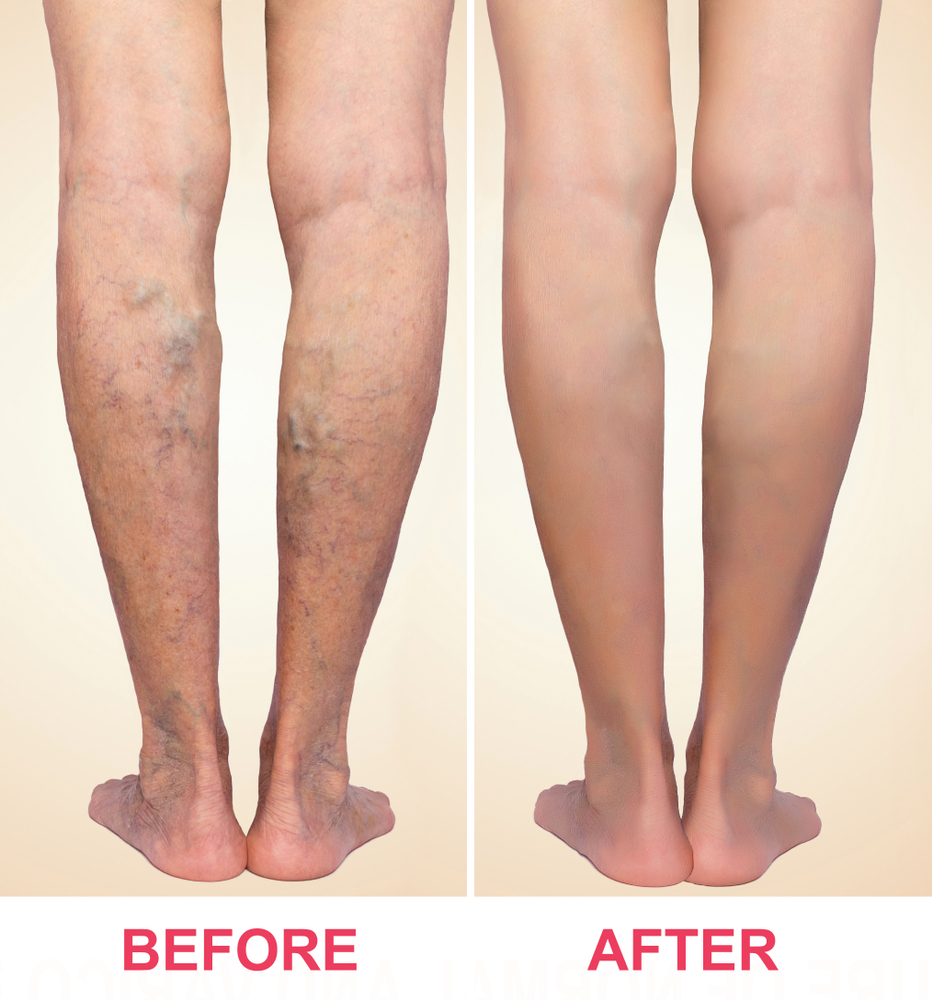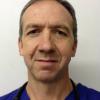The importance of diagnosing and treating varicose vein - and what is involved?
Bulging veins, or varicose veins in one or both of the legs are common and it is likely that modern lifestyles are contributing to the potentially dangerous condition. One of the main veins in the leg to start bulging and become varicose is known as the great saphenous vein (GSV). This vein will start to bulge if the valves are no longer functioning correctly and blood flow starts reversing (known as 'reflux') - causing a localised build up in pressure. Reflux occurs when the failing saphenous vein valves actually snap, allowing blood to travel backwards with gravity. This condition is known as venous reflux disease or 'chronic venous insufficiency'.
Reflux should be diagnosed by a vascular sonographer using advanced ultrasound. The diagnosis then informs the extent and type of treatments required, as well as measuring the success of treatments.
Reflux causes pressure increase
Matters get worse as the venous reflux, causes the pressure within the saphenous veins to rise, which in turn damages more valves causing the veins begins to stretch and enlarge. Their appearance are sometimes described as "wriggly worms".
Symptoms of varicose veins
The body tries to correct for the high pressure by finding new escape routes - causing further bulging, discolouration and swelling. Symptoms associated with this condition will also include the following:
- a burning sensation,
- feeling 'heaviness' in the legs,
- cramping,
- pathological tiredness,
- irritation and itching.
Dangers can arise when serious circulation problems start to occur in the legs and symptoms start developing into:
Advanced symptoms of varicose veins
- severe leg swelling,
- leg asymmetry,
- venous ulcers or wounds in the ankles,
- severe skin damage,
- severe dermatitis,
- bleeding from the skin,
- blood clots,
- browning of the skin of the ankles and foot, and
- nerve damage / neuropathy.
As the disease progresses there is an increasing indication for major surgery, in some cases including the need for amputation.
As the King's College Professor of Vascular Surgery, Stephen Black explains in his article on why it is important to treat varicose veins says, "It is very important to understand that they are a sign of vein disease and that this could progress to complications such as ulceration, blood clots (thrombosis) and in the worse case scenario a blockage in the lungs (pulmonary embolism), which can be fatal".
Which treatments work?
Fortunately, there is a decreasing need for anyone to have to experience the horrors of this form of great saphenous vein disease as excellent treatments are available. The main treatments include the following:
- Endovenous laser ablation,
- Radiofrequency ablation,
- Foam sclerotherapy and
- Surgical stripping for great saphenous varicose veins
So, the next question is which type of treatment is best? In order to answer this question a fairly large clinical trial comparing the outcomes of the different treatment types was conducted back in 2011 headed by Dr Rasmussen. It seems that this is still the best set of data to help guide some of the decision making around treatment options.
The conclusion of the study involving over five hundred patients says, "All treatments were efficacious. The technical failure rate was highest after foam sclerotherapy, but both radiofrequency ablation and foam were associated with a faster recovery and less postoperative pain than endovenous laser ablation and stripping". However, it is worth stressing the point that all of these procedures require skilled vascular practitioners with the appropriate training and expertise in order to ensure the best outcomes.








